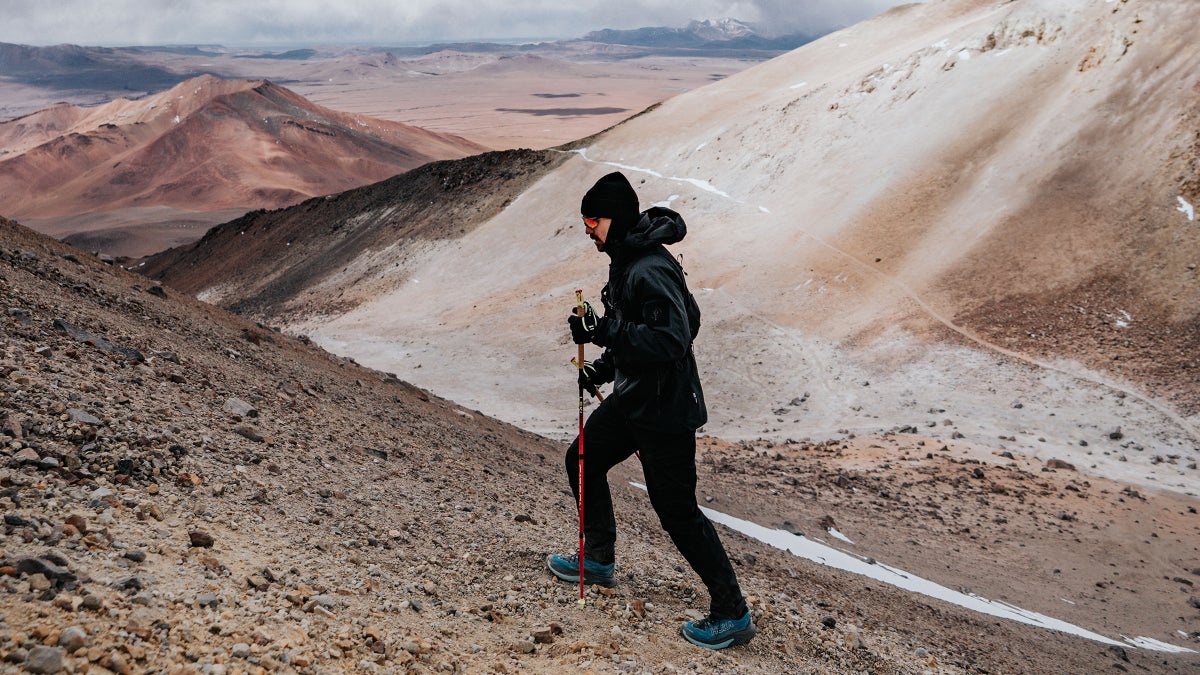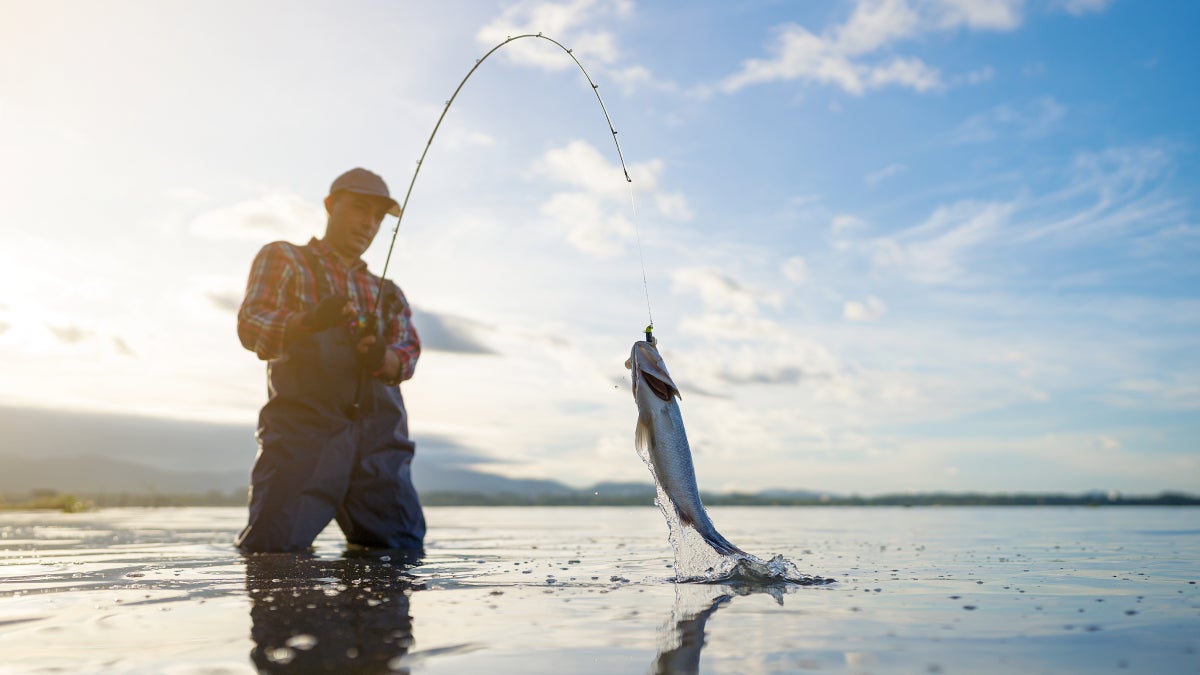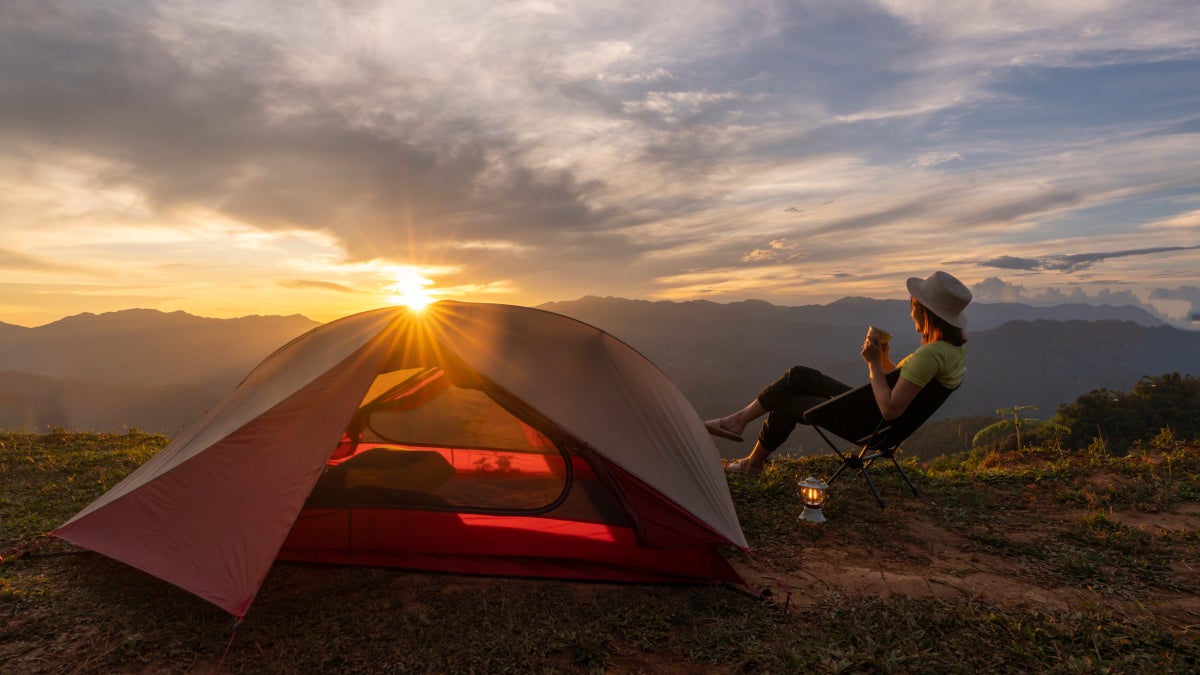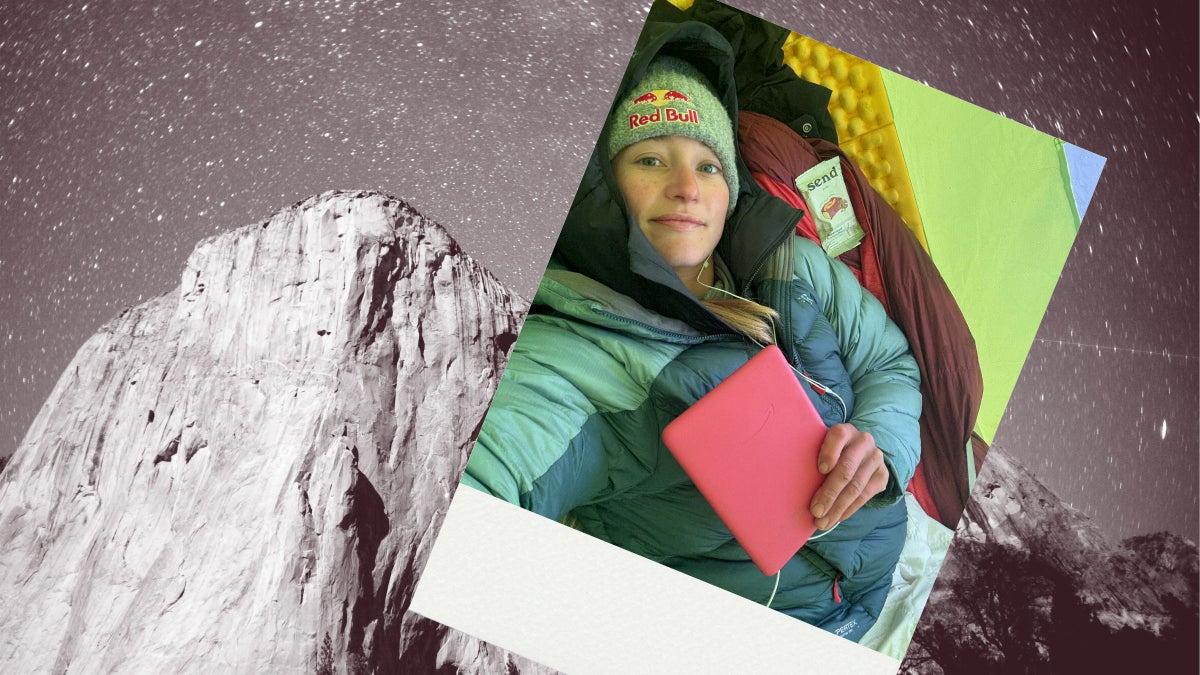
In September, British adventurer and motivational speaker Joshua Patterson made history by running 26.2 miles up Cerro Uturuncu, a 19,700-foot volcano in Bolivia. It is believed to be the highest marathon in history. Patterson told Outside what it was like to complete the grueling challenge.
I was ten hours and 20 miles into the toughest challenge of my life when I hit a 35-percent incline standing between me and the finish line. At 18,300 feet elevation, and with six miles still to go, I was desperate for this to end. The altitude was unbelievably brutal, with the lack of oxygen making it impossible to get into a rhythm. Even after seven years of endurance challenges, nothing had ever hit me like this.
To make matters worse, a gastrointestinal issue was sapping my strength. We were hit with moments of freak weather, with the temperature ranging from 62 degrees to 3 degrees Fahrenheit. At points, the wind chill dropped even lower, and the volatility made it feel as though the mountain was actively pushing us back.
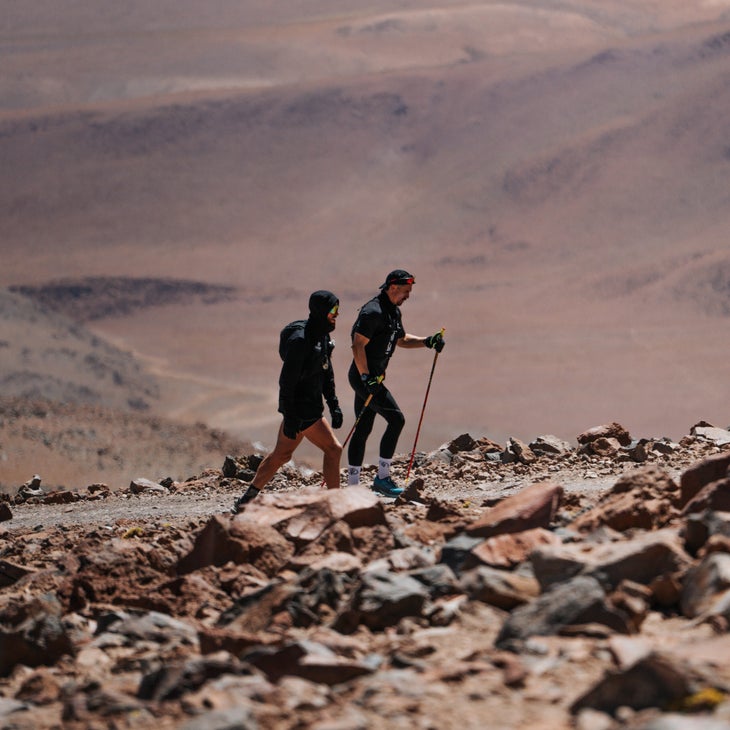
With a little more than 1,300 feet left of altitude left to climb up Cerro Uturuncu, a volcano in the Bolivian Andes, I couldn’t guarantee it was even safe for my team to be out there. Seeing how exposed they were added a different kind of pressure—I didn’t want anyone else put at risk because of me. I was shattered, every single ounce of my body broken; mentally, physically, emotionally. I felt like an empty corpse.
I realized I had two choices: give up now and regret this for the rest of my life, or keep putting one foot in front of the other and see how far I could get. I decided to keep moving. It was the simplest and hardest decision I’d ever made.
I’d never run up a volcano before. Born in Norfolk, a flat area on England’s east coast, my background was in rugby. I’m 36 now, and nothing in that sporting past prepared me for what these challenges would turn into. I started running when my best friend got into a motorcycle accident in 2017 and was told he’d never walk again. We signed up for the Berlin Marathon in 2018 and completed it together in wheelchairs. Completing those miles beside him changed my understanding of purpose and resilience.
Since then, I’ve done all sorts of challenges, including John O’Groats to Land’s End in a wheelchair across 18 days in 2019. I’ve also run 76 marathons in 76 cities over 76 days in 2023. I once ran laps around my 14-by-14-foot patio for 24 hours. Those projects included world-record distances and days where I’d simply had to shut my brain off and trust repetition.
After all of that, I knew how far I could go, but I didn’t know how high. Altitude felt like a unique thing to explore. It was about exposing myself to a completely different environment than what I was used to. It was also a very personal challenge. My godson, Archie, had passed away in June 2024 from Sudden Infant Death Syndrome at just three months of age. With Archie now being a “star in the sky,” I loved the idea of a challenge that would bring me up into the clouds and closer to him. Carrying that intention made every part of the preparation feel heavier and more meaningful.

We chose Cerro Uturuncu in the Bolivian Andes because the volcano itself was actually runnable, and we knew the weather wouldn’t be too bad in September. A key factor was that I would have a film crew with me, filming for a documentary to be released on my YouTube channel in January. We needed somewhere that was accessible for the film team, with accommodation close by to let them edit on the fly. The fact that it was a dormant volcano wasn’t planned, but it made for an unbelievable story. In this area, every mountain you see is a volcano. If one goes off, all the rest are going with it.
My local guides told me that this particular volcano was where people go when they’re in pain or suffering. They make an offering to the volcano, to the fertility goddess Pacha Mama when they summit, which made the mountain feel alive. That was very relevant to me. I think in the West we’ve lost this idea that everything in the natural world has meaning.
I’d never been exposed to altitude before, so I spent four months training at the Altitude Centre in London before I went, even sleeping in a mini hypoxic tent at home. Even this experience was brutal, sometimes leaving me foggy and nauseous.
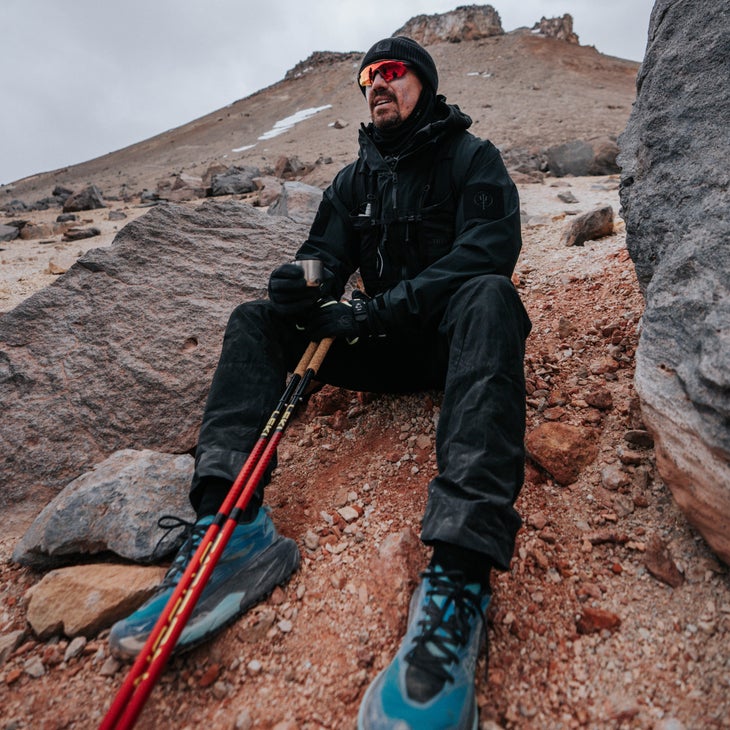
We went out to Bolivia eight days before the run date and worked on acclimatization, starting at 14,100 feet and progressively building on that. I knew that at the top of the volcano oxygen levels would be less than half of that at sea level. Simply standing up there can leave some climbers dizzy and disoriented; walking feels like wading through wet concrete.
I set off at 3 A.M. on the ninth day to complete the marathon, the film crew heading up there an hour before me. I was already fatigued. Days of travel and acclimatization had left me drained before I’d even put my running shoes on. It started at about 13,100 feet and the first section was actually a decline, which was relatively easy going. I smashed the first half-marathon in around 2:30, and then the altitude started to kick in. We had no idea how much this would affect me. I’d trained, but nothing could simulate the feeling of your lungs refusing to cooperate.
Before flying out, I’d also been diagnosed with a bowel issue which flared up on the day of the challenge. Trying to navigate the medical condition at altitude while running a marathon was something no training plan could prepare you for.
The whole run took me 11 hours 20 minutes, and almost nine hours of that were on the second half. It looked like Mars up there—colorless rock, sulphur burning in the air, and nothing alive. Every breath you’re breathing in sulfurous air and feeling sick. Underfoot it was all loose rock. Even with poles, every step felt unstable, as though the ground was trying to push me off. I was unintentionally slipping into strange minute-long micro-sleeps. The guides had to keep waking me up and giving me cocaleaf tea for energy.
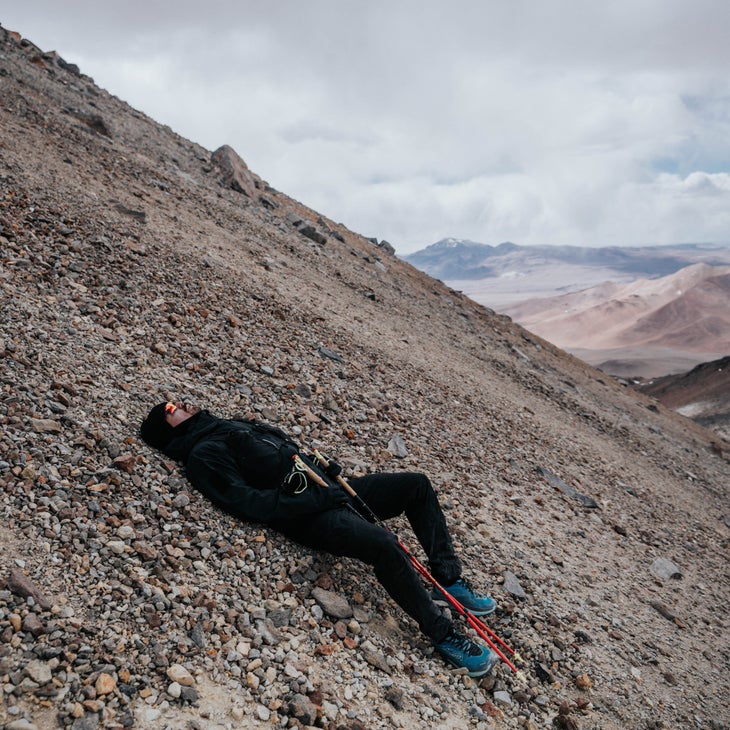
When I got to the summit, I had a surreal feeling of elation. I’d carried a flag for Archie and 183 other children who had been lost too soon, and reaching the top with it felt overwhelming. But we couldn’t hang around. The cold up there was brutal. The documentary director was rushed down by our guides after 20 minutes because they were so worried about him. I looked around at this incredible view over the Bolivian Andes but I couldn’t really take it in; it felt like the mountain had taken everything I had left.
Usually these challenges inspire the next one, but this time I can safely say I have no interest in doing that again. Almost two months after the run I’m still struggling with things like forgetting people and names. At one point I would get distracted mid-sentence and forget what we were talking about. My speech was slurred and mumbled. I had an MRI scan to look into it, and all of that is ongoing. I think it was just a combination of the body and mind being stressed beyond belief, combined with lack of oxygen to the brain and gut. I had tests and my metabolic rate is still messed up. There comes a point where it isn’t worth risking your health. I want longevity, and I need to go back to square one and figure out what that looks like for me.
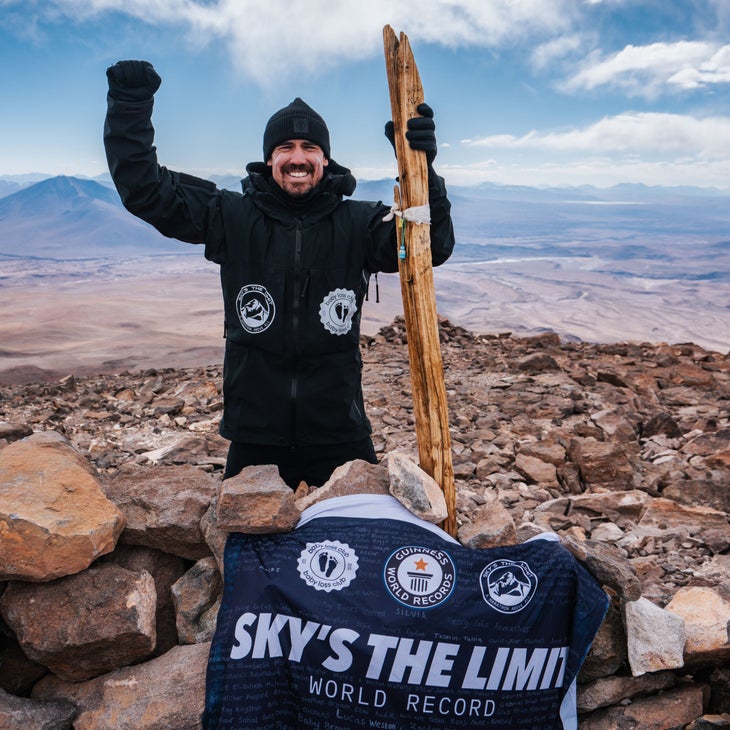
With all negatives considered, I’m still proud that we were able to achieve this challenge. The team held the whole thing together when I was beyond rational thought. Summiting with the flag with all of the children’s names on it was a shared act of remembrance. It brought up a lot of emotion and gave me the ability to process it, and to honor Archie in a way I hadn’t been able to before.
As told to Tom Ward. This interview was edited for space and content.
The post What It’s Like to Run a Marathon Up the Side of a Volcano appeared first on Outside Online.










